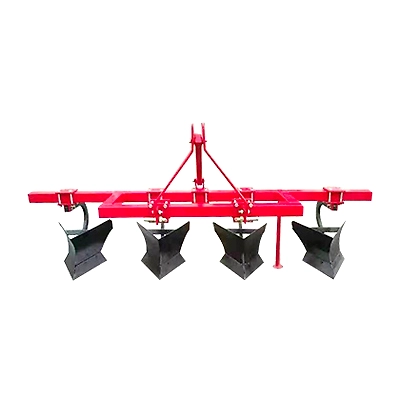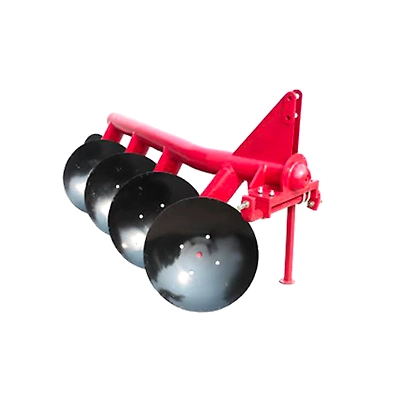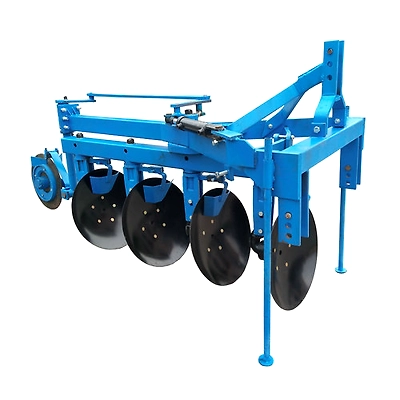plough
-
Product is not available
Country Of Origin : India
A plough is a fundamental farming tool used to loosen or turn over the soil before sowing seeds or planting, often drawn by animals or tractors, and has been essential to farming throughout history.
Here's a more detailed description:
Purpose:
The primary function of a plough is to prepare the soil for planting by breaking up and turning over the soil, creating a suitable seedbed.
A plough is a fundamental farming tool used to loosen or turn over the soil before sowing seeds or planting, often drawn by animals or tractors, and has been essential to farming throughout history.
Here's a more detailed description:
Purpose:
The primary function of a plough is to prepare the soil for planting by breaking up and turning over the soil, creating a suitable seedbed.
Structure:
Ploughs typically consist of a frame (wooden, iron, or steel) with a blade or share attached to cut and loosen the soil.
Types:
Mouldboard ploughs: These have a curved bottom that cuts, lifts, turns, and pulverizes the soil.
Disc ploughs: These use circular blades to cut and turn the soil, effective in hard and dry conditions.
Rotary ploughs: These have curved cutting knives mounted on a horizontal shaft.
Historical Significance:
Ploughs were traditionally drawn by animals like oxen and horses, but modern ploughs are often tractor-drawn.
Benefits of Ploughing:
Soil aeration: Ploughing improves air circulation within the soil.
Water retention: It can increase the soil's water-holding capacity.
Weed control: Ploughing helps bury weeds and their seeds.
Nutrient mixing: It helps mix in fertilizers and compost, improving nutrient content.
Crop residue burial: It buries crop residue, which can help reduce erosion and improve soil health.
Alternatives:
While ploughing is a common practice, alternatives like no-till farming are gaining popularity, offering potential benefits for soil health and erosion control.












